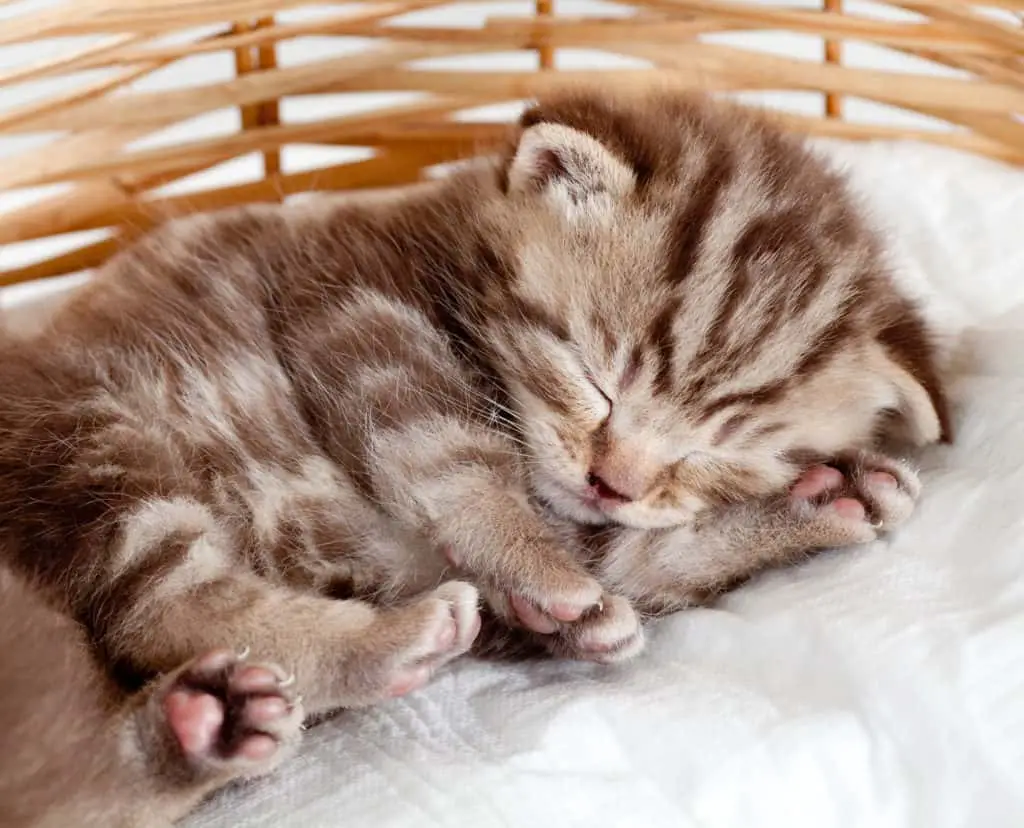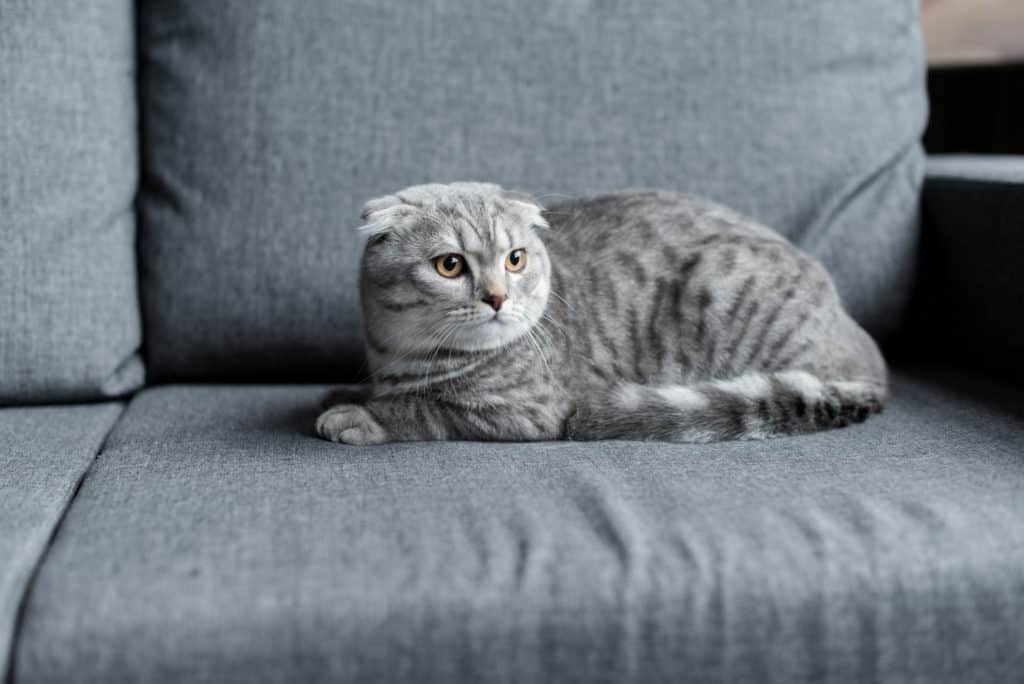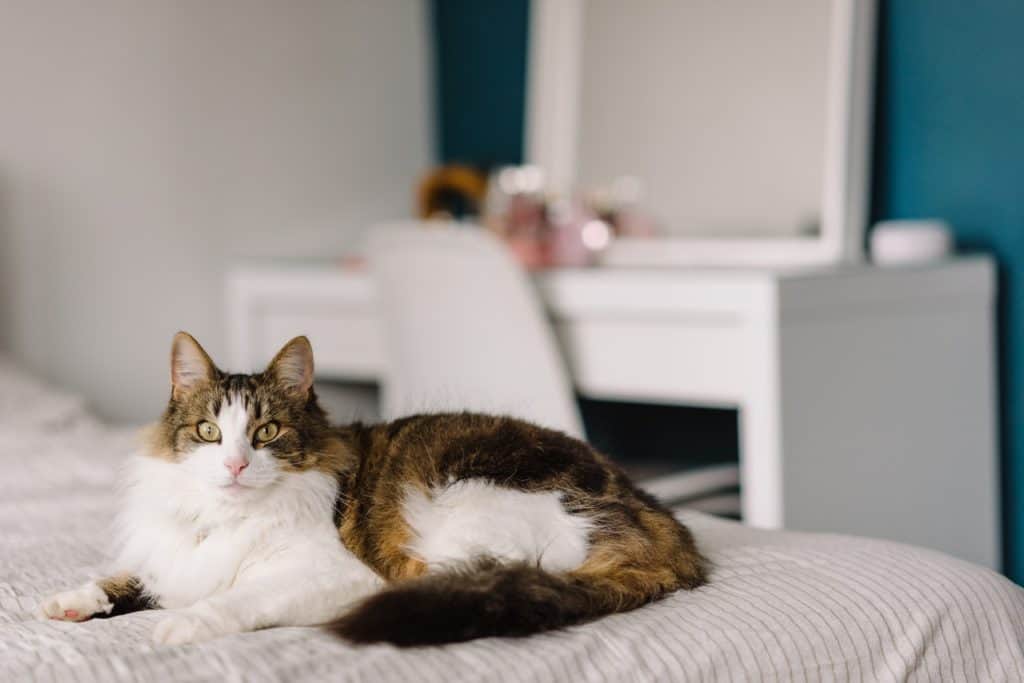
Pets are a huge responsibility. They rely on us to provide for them across a range of needs from health and shelter to food and water. It’s the bargain we strike with our furry feline friends. So what happens when, well, life happens? You want to go on vacation … without Fido.
Can you leave your cat alone at home for the whole week?
Leaving a cat alone for 5 to 7 days is not advisable and can place your pet in danger, especially if she becomes ill or injured while you’re away. Veterinarians advise that you hire a professional pet sitter to care for and interact with your cat.
So How Long Can You Leave a Cat?
If you can’t leave you cat alone for 5 or 7 days, how long can you leave your cat by themselves.
The answer is … it depends.
It depends on a couple of factors – and one critical factor is your cat’s age.
Before I get into some guidelines for you in terms of your cat’s age and how long it’s advisable to leave them on their own, let me point out the not-so-obvious point that your cat is a social animal.
Yup. Yes, sir. The fact is that in the wild, cats are not solitary at all. They live in groups. Lions. Tigers. Cheetahs. You name it. They hang out together.
This is to say that your cat needs you not just for food and water, but for interaction, love and affection. Your cat may be aloof and seem perfectly happy lounging about all day with not so much as a faint in your direction.
But the research is clear: Cats are able to form strong relationships with humans and that means you. So leaving your cat alone for extended periods is neither wise nor kind to your feline friend.
Now onto how long you can safely leave a cat. Here are some guidelines based on the age of your cat.
Under 4 Months

If your kitten has just arrived in this world, it will need extra care and attention. During the first eight weeks, avoid leaving him alone at home for the whole day. Generally speaking, kittens can be left for a couple of hours. So veterinarians say up to 4 hours but I wouldn’t go that long.
Between 4-5 Months
This where you can start acclimate your cat to brief absences, ranging from a few minutes to five hours. It’s a good idea to leave all kinds of toys around the house when you do leave, particularly interactive or food dispensing toys. The idea here is to keep your kitty occupied and thus less aware of your absence.
6 Months
This is the critical point in your kitty’s development. By month six, your cat should be able to stay by himself for a full 8-hour workday.
Adult Cats (7 months and older)

Most pet experts agree that an adult cat can safely be left alone for up to 48 hours. But here’s the deal—this assuming you’ve done all the right things in terms of food, water, a clean kitty litter and all the rest.
Are Some Breeds Better Suited to Being Left Alone?
There are felines who cannot be left alone for even a minute, which is due to a variety of reasons, including poor management on the part of their owners.
In general, though, most cats have no problem with some solitude and calm, quiet lifestyle. As we know, it’s how cats role. In fact, certain breeds are better at being left alone than others.
Again, don’t leave any cat alone in your home for a week. But the extant research indicates the following breeds tend to handle being left alone better than the average cat.
Scottish Fold

The Scottish Fold is a very active and playful cat that does not need much attention from its owner, making it ideal for those who are not at home for long periods of time. This cat breed also has the benefit of being very quiet. As a result, it’s ideal for living in a condo or apartment.
Norwegian Forest

Because it is so low maintenance, this breed tends to be excellent for those with hectic lifestyles. No, it doesn’t mean you can complete ignore your Norwegian Forest Cat, but it does mean that it’s a cat that is can stand to be left alone.
American Shorthair

Another cat breed that sleeps for long periods of time. Thus, they can tolerate being left alone for hours without much issue. Again, if you’re putting long hours at work and get home late, this might be just the breed for you.
American Wirehair

This breed is loving and friendly but can get along without us just fine. She can entertain herself with a toy or create a toy out of just about anything. This doesn’t mean you shouldn’t interact with your Wirehair, but it does mean she’s quiet and can stand to be left alone for periods during the day.
What Alternatives Do You Have to Leaving Your Cat Alone?
As noted you can leave your cat alone for up to 48 hours. Beyond that and you’re asking for trouble. They can run out of food or water and their litter trays will be nearly useless.
To bring some social contact to your cat’s day-to-day life and break up their time alone, arrange for someone to make visit once a day, if possible. Of course, if your cat likes to roam, these visits will only be appropriate if you know your feline will return home on a regular basis.

A cat sitter will also ensure that your cat has ample food and water, as well as a clean litter box.
The other option, of course, is animal boarding center. That is a pricier option, to be sure. But if you can afford it, it may be worth considering.
Remember that in these situations, leaving your cat in an animal daycare center, where he can receive all of the treatment he requires, might be the best option. But also keep in mind that cats, perhaps more than dogs, are creatures of habit and dislike changes in their environment.
You know your cat better than anyone and you’ll have a sense if the better option is a cat sitter who can come over once a day, or a pet board facility.
Conclusion
As long as he has the necessary resources, a happy, relaxed cat should have no problem being left alone for a while.
If you see changes in his appetite, marking outside his litter box, weight loss, excessive meowing, or destructive behavior, it may mean he wants more time with you.

